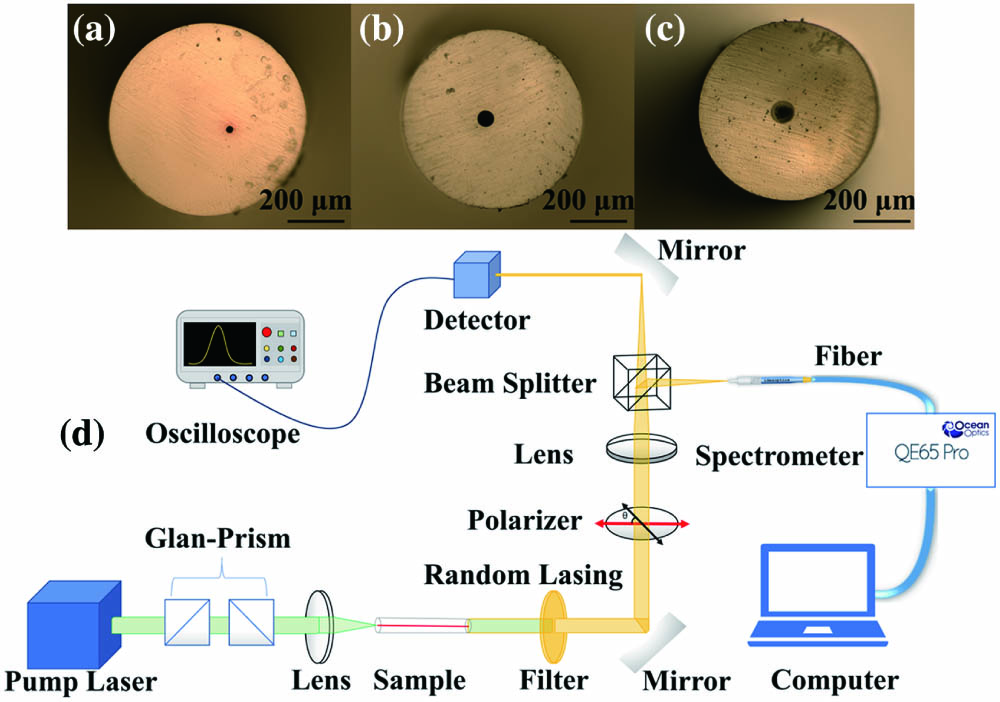Wenyu Du, Sen Gao, Xiaojuan Zhang, Siqi Li, Yan Kuai, Zhiqiang Wang, Zhigang Cao, Feng Xu, Yu Liu, Lin Xu, Junxi Zhang, Kang Xie, Benli Yu, Zhijia Hu, "Picosecond gain-switched polymer fiber random lasers," Chin. Opt. Lett. 22, 040603 (2024)
Search by keywords or author
- Chinese Optics Letters
- Vol. 22, Issue 4, 040603 (2024)
Abstract

Set citation alerts for the article
Please enter your email address



